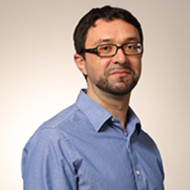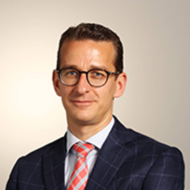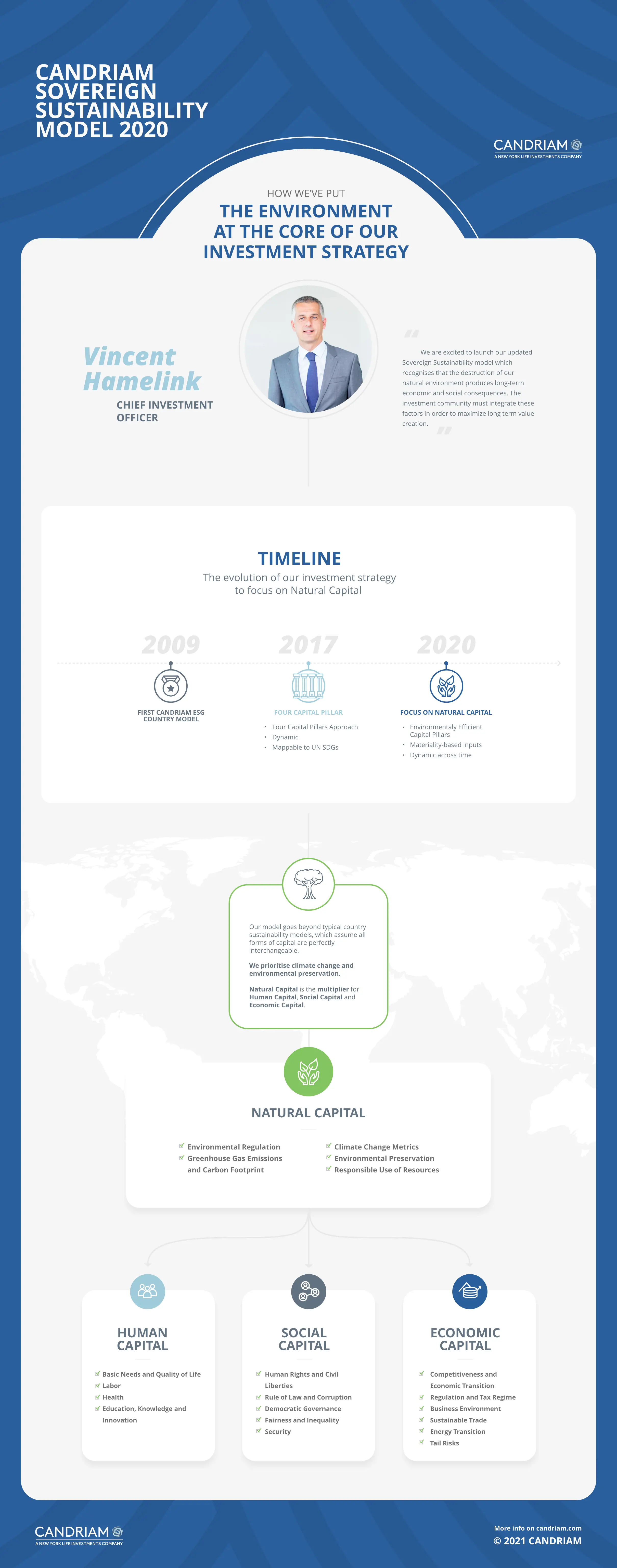Methodology
Our approach recognises that Natural Capital is finite. To incorporate this constraint in the most recent model, we use the Natural Capital score as a multiplier for the other three types of capital. Countries are evaluated on the efficiency with which they create well-being in the form of Human, Social, and Economic Capitals, accounting for potential depletion of or damage to the natural environment in the process of creating this well-being. All model outputs are also mappable to the 17 UN Sustainable Development Goals.
Sovereign sustainability concepts have often been developed with a one-size-fits-all approach, with less stringent criteria being applied to developing countries. This can result in static results, which do not accurately reflect the differing priorities and needs of countries. During our research, we recognised that a country is much more complex than a company and therefore we adopted a methodology that accommodated a variety of factors.
Our database included more than 400 individual factors, reflecting the interconnectedness of geographies. To capture a range of factors, we relied on data sourced from a variety of private, public, and NGO sources. Researchers then evaluated the relevance of each factor for each country over the last 10 years. Under this approach, country evaluations allowed Candriam to prioritise factors which would significantly influence the future development of countries. Countries were also screened according to Candriam’s democracy and freedom filter, which excluded countries that violated human rights principles or adopted totalitarian regimes.



